In a comprehensive interview with N. Balasubramanian, P. Kaniappan, Managing Director, WABCO India Limited, talks about how the fleet owners in India are becoming more aware of the benefits that advanced technologies can bring in when adopted. Indian automotive industry is ushering in a new age technologically, he says.
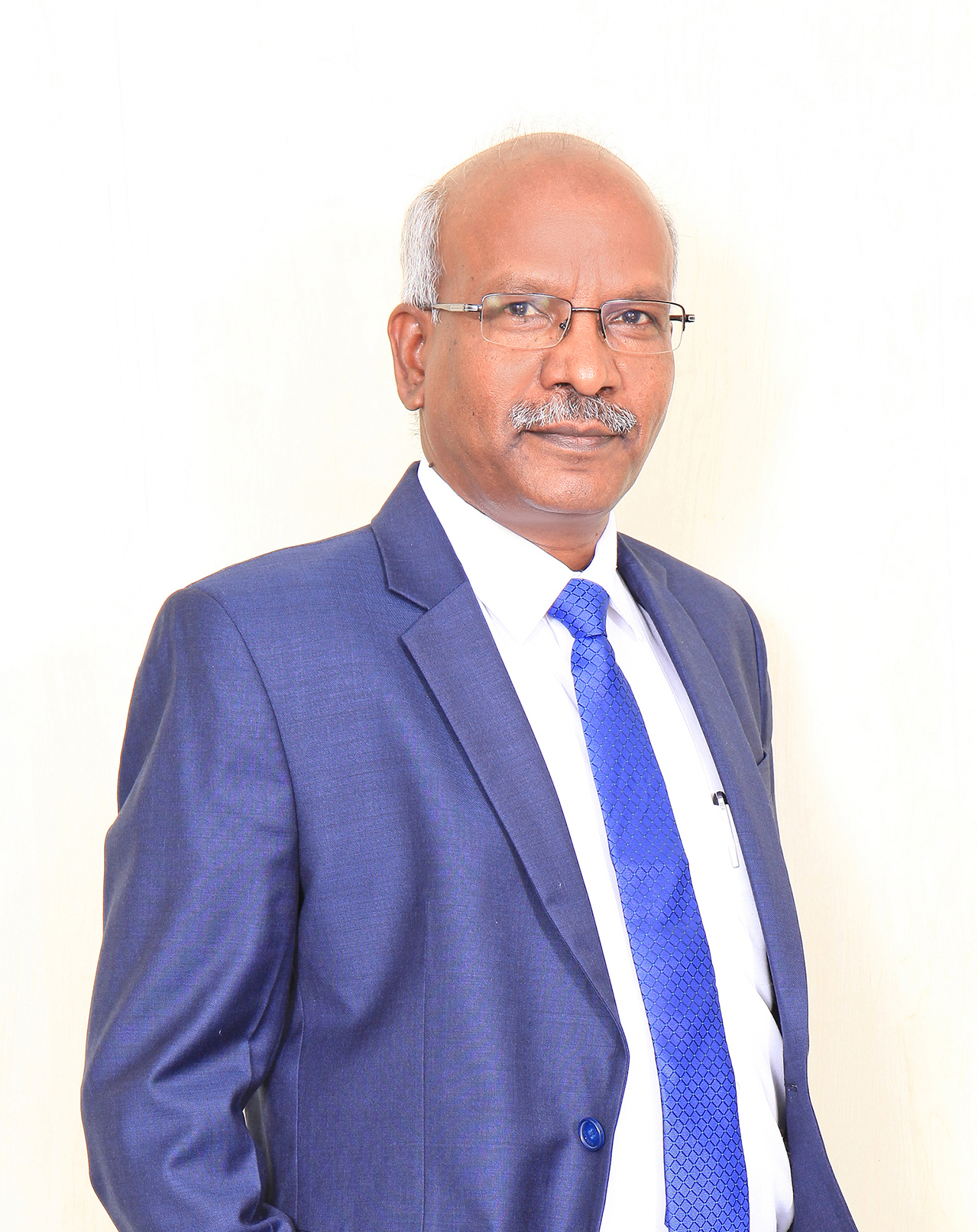
Excerpts from the interview:
What according to you have been the 3 main technologies from ZF WABCO that have been adopted by Indian truck makers in the last decade and how have they helped improve the market?
I believe that in India there has been a significant leap in terms of safety, emissions and connectivity much of which has been triggered by regulations in case of safety. There has also been a significant amount of awareness in terms of improving efficiency and connectivity of fleets.
The technological shift had its genesis with ABS which was supported by regulations. ABS acts as the foundation on which the other technologies can be added on, like for example, the Hill Start Aid feature. Certain functionalities associated with the ABS are now being activated by some customers. In today’s day and age, the trailer segment is also catching up with trailer ABS and EBS, besides the intelligent trailer program. This is a major change from safety perspective. In terms of emissions, India has leapfrogged to catch up with the global trends and in some cases, we are ahead of many markets. The BS-VI regulation has made the entire engine management much more intelligent and offers value to the end customers.
Post the BS-VI launch, most of the newly launched trucks are connected vehicles with fleet management solutions and we match the global standards with FOTA (Firmware Over the Air) which refers to new firmware that can be downloaded within the ECU from the cloud. The connected vehicle ecosystem will completely transform the trucking industry which in turn will enable the fleets to improve their uptime, safety and the efficiency.
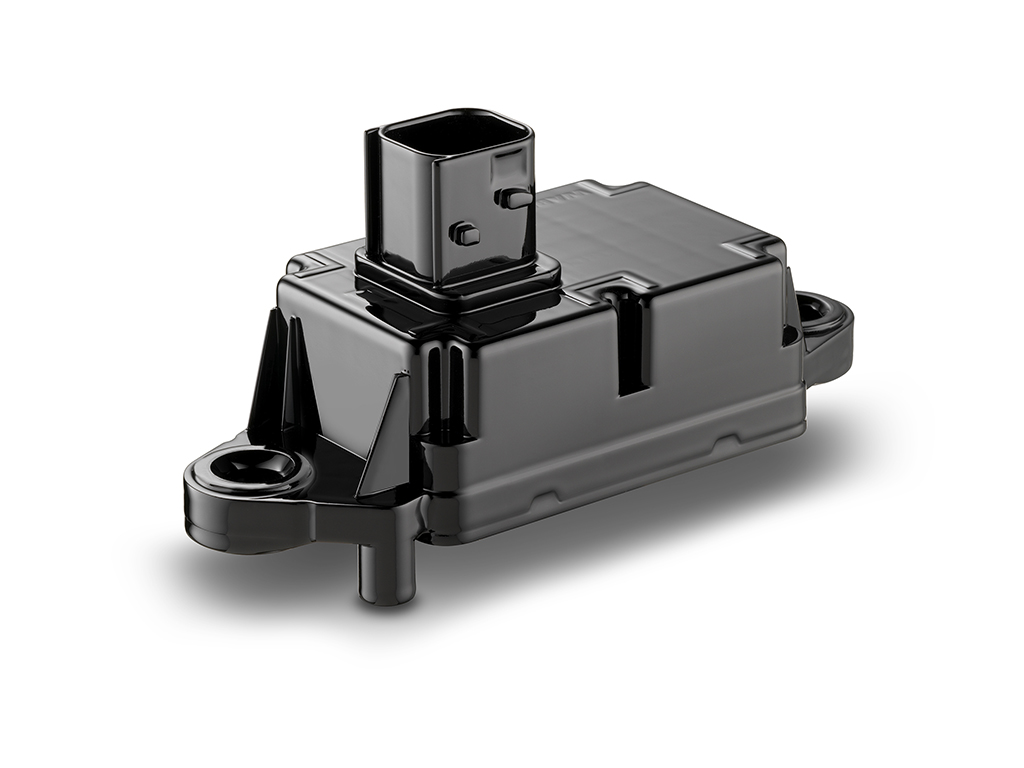
How far do you think we have come in the last decade in overcoming the cost barrier mindset of OEMs and fleets to enable a more tech-centric approach?
In India, the fundamental understanding in the commercial vehicle industry is that for the buyers the products must make commercial sense, and technology as such does not cut ice with them. Around 2013, when India was not globalized from a commercial perspective, the market was operating on a cost-as-a-competitive-advantage concept. The perspective however has changed with the entry of global players in the Indian CV Industry, who introduced technologies and products that made an impressive first impact. At that time, companies like WABCO India played a dual-role. The first was to bring global technologies to the domestic OEMs at the price point that the market was willing to accept, and the second was to support the OEMs with their local application engineering needs as most of the technologies had to be adapted to the Indian road conditions. Today the market has matured and it is technology which is the differentiator.
The whole logic was to localize 100% in India, including the ECUs. The idea has always been to ensure that the end customer feels there is value in our safety solutions and the cost is commensurate with the value they see. Moreover, our solutions are developed in India but based on global technologies. In the case of connected vehicles, we have partnered with a couple of OEMs in India and these solutions are being developed entirely in India with the support from start-ups, which we later elevated on to our engineering platforms with localized hardware.
There has been a substantial number of changes that the market has witnessed with the introduction of BS-VI Fleets are consolidating wherein the number of owners with under 10 trucks has substantially decreased, along with a sizeable growth in the e-commerce domain. They are looking at long-term perspective on the total cost of ownership and there is a clear trend among OEMs as well, as the fleets are focused on uptime management hence they are looking for technological solutions that would help improve the reliability, reduce the turnaround time so that the trucks can run more kilometers per day. One of the examples that I would like to quote here is that of the AMT where the driver can cover longer distances in a day without fatigue.
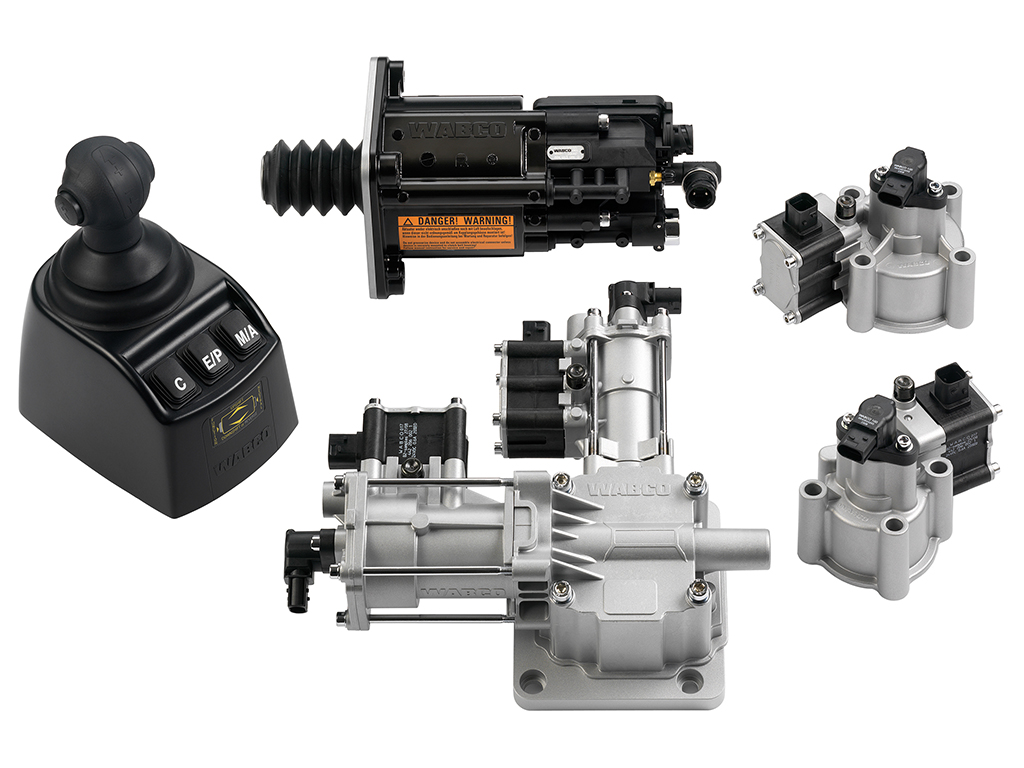
What will be the strategy to get small and medium fleet operators on board with technology advancement? Or, do you envisage a consolidation in the market?
As we move deeper in the technology space, consolidation of fleets will play a crucial role in order to reap the benefits of this evolution. The profitability of a single-vehicle owner or that of multiple number of vehicles is essentially largely driven by aspects such as utilization, uptime, which will get highly enhanced today if it is in a connected ecosystem.
As an individual fleet owner, the individual can set up an uptime center to track the vehicle movement and will be able to provide value to his end customers. One can also introduce predictive maintenance, remote diagnostics which will also help them to address many issues such as the cost of spares and driver management.
With the government focusing on regulations to bring down accidents by improving safety, do you think we are seeing it reflected on the ground?
Generally, the onus of accidents falls on the driver but many a time it is the vehicle which is not in control either due to overloading or other factors wherein the stability of the vehicle comes into question. Electronic Stability Control takes charge of the vehicle and constantly monitors the stability in real time and in unsafe conditions, it applies the brakes in an intelligent manner, so the vehicle does not roll over. In comparison, the ABS comes into play during sudden braking.
Another aspect is that most accidents occur in the wee hours of morning because the driver could be fatigued or the visibility is low less. There are technologies which are essential to alert him and keep him awake. Technologies like forward collision warning uses either a camera or radar that monitors the vehicles and issues haptic signals to alert the driver to bring the vehicle to safety. Whether it is ABS or ESC, technologies are already available in India, and the government has mandated ESC for buses from 2023. Thereafter it may be introduced for hazardous goods carriers, and other regular vehicles.
India also needs the collision warning systems and an entire gamut of emergency braking solutions. These will go a long way to bring down accidents. Only then India will be at par with the global standards.
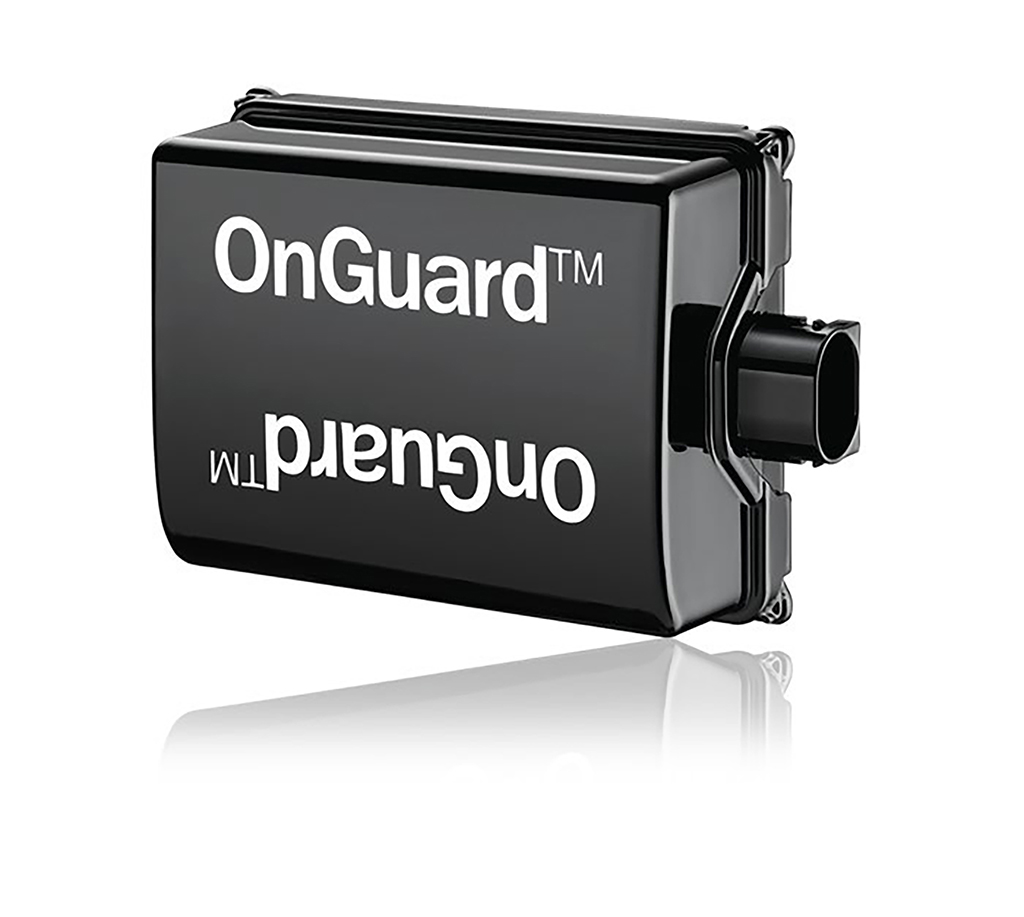
How open are the small-time fleets to invest in safety-related technologies?
As an industry, we need to catch up. In terms of emissions, we have largely leapfrogged into global level technology. With respect to connectivity, we have advanced into the connected trucks under FOTA. The government has been very cognitive with respect to the safety standards and industry players are working towards the same. Small fleets still have a long way to go. They need to be educated about these technologies because most of them may not be even aware about the existence of these technologies. In India, we must get small fleets to start relearning by demonstrating the technologies to them and ask them to experience the same by driving with and without these technologies.
With BS-VI emission norms in effect, all stakeholders get more business. But it is the fleet operator who has to bear the additional cost. So, do you think their freight rates are improving after all? If not, then how does the economy of cost work for a fleet?
An increase or decrease in freight rates is dynamic, as the market depends on freight availability versus the capacity of the industry. But we believe that the long-term story will be strong in India. One important aspect is that the fleet profitability is driven by how efficiently the system is run and in the connected ecosystem, these will help them in multiple ways to be profitable.
As the technologies improves, fleets also get improved fuel efficiency along with better load carrying capacity which interestingly will offset the cost. It is a mix of both where freight rates will have to increase once the capacity improves, freight availability improves, and the demand also becomes better.
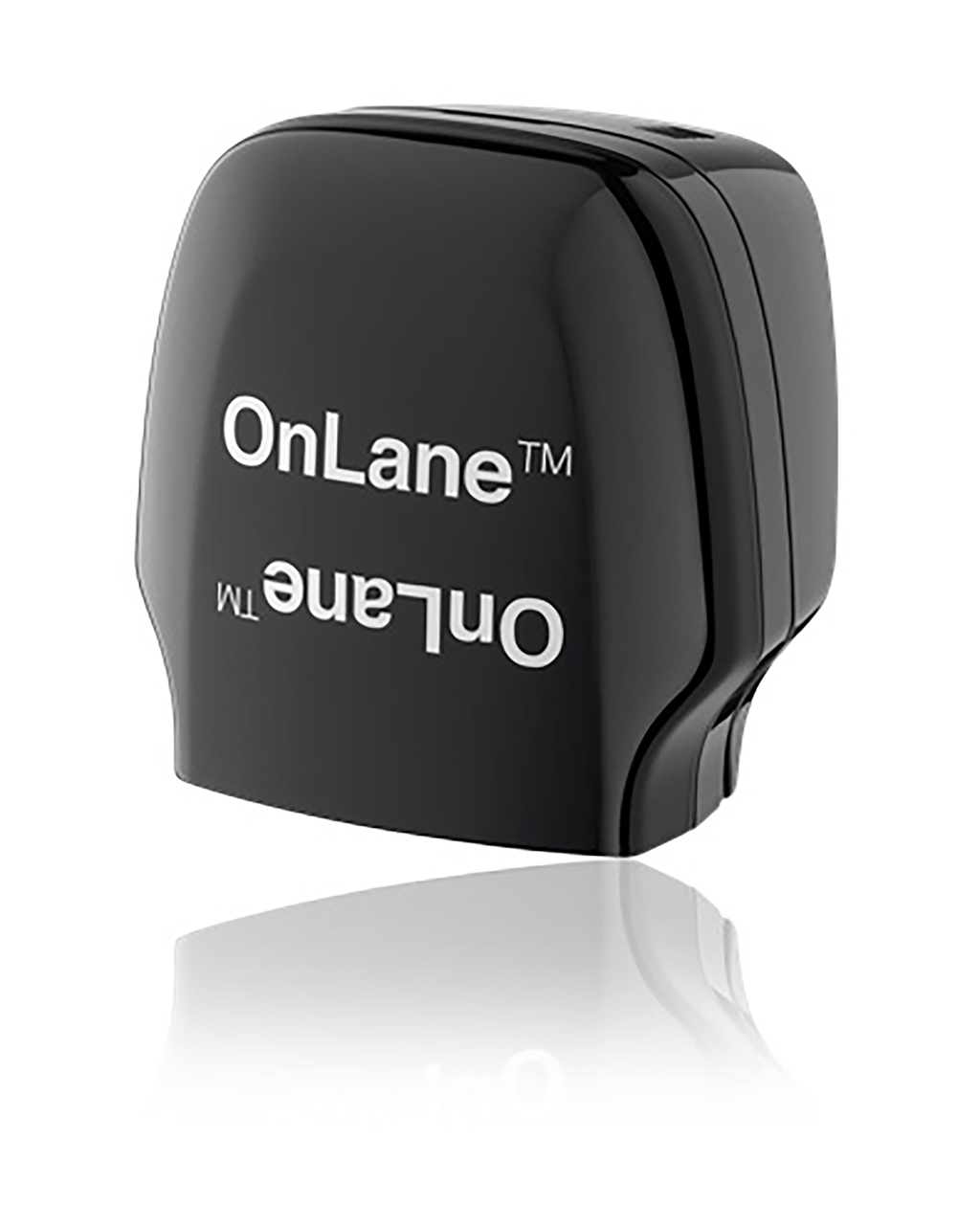
By the end of this decade, what do you think will be the big 3 technologies that will receive a good response in the Indian market?
We can easily say that for the first time in its entire lifetime, the automotive industry is getting to an inflection point where there will be a complete change in the ecosystem with autonomous, connected and electric technologies taking center stage. There are many disruptive technologies, and regulatory changes influencing this ecosystem. ZF, globally calls it as the next generation mobility and this will play a major role in shaping it. Till now, we were more focused on IC engines. Safety, efficiency, connected ecosystem and an integrated services; digital network-based environment, but ZF believes that by 2030, the number of EVs produced will be more than that of IC engines. As of now, this the biggest transformation in the industrial ecosystem that can be expected in the next decade including the hydrogen-fuel based systems will see the light of the day even in India, and we will play a key role in this transformation.
In the bus segment, many new and existing OEMs are manufacturing electric buses. This will move into light commercial vehicle segment, and to the last mile connectivity using electric mobility. Later on, with the improvement in the battery technologies and fuel system solutions, India will witness the entry of these technologies in the LMVs and truck segments. Besides in the trailer segment, we may see e-trailer solutions too wherein, electrification may become a major disrupter. There exists a huge opportunity in the connected solutions domain, because huge amounts of data can be collected and analyzed to help the fleets improve fuel efficiency, uptime and other aspects.
The third major technology will come in the area of ADAS, and of course AMT will catch up. It may take about 7-8 years for new technology to pick up in India. We at ZF WABCO, feel that AMT will increasingly find its way in India because of the increased axle load and power, nine-speed gearbox, application in the mining sectors, and a steady growth in e-commerce. The industry will also move to disc brakes because it needs ESC to support the transition to electrification.